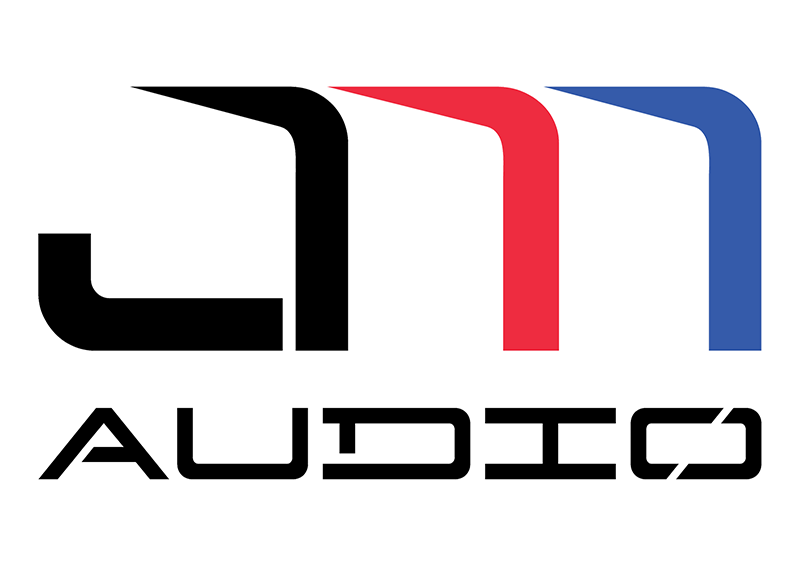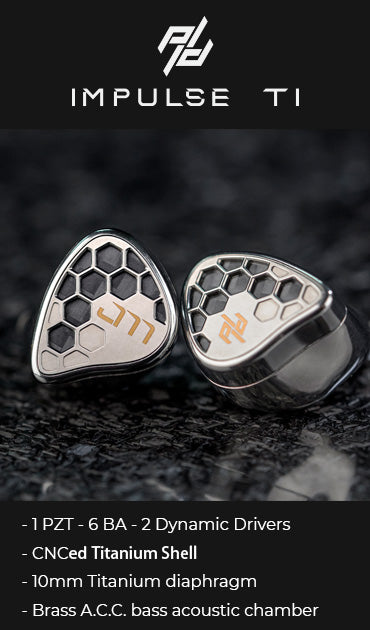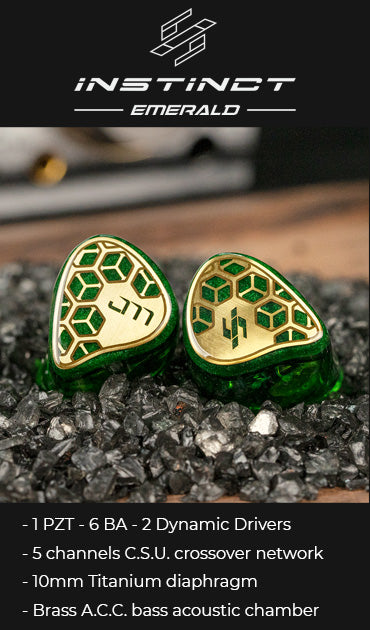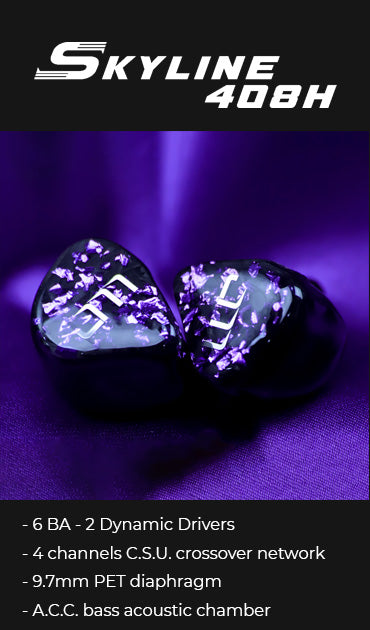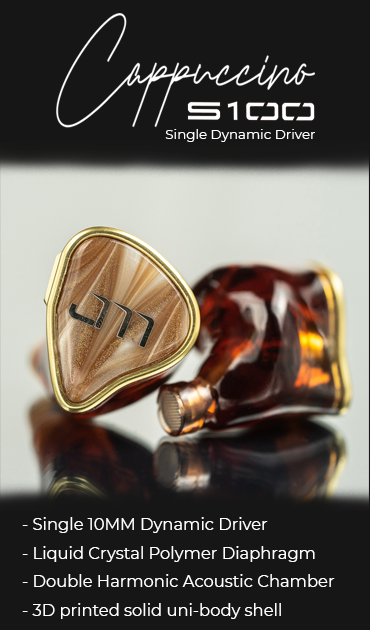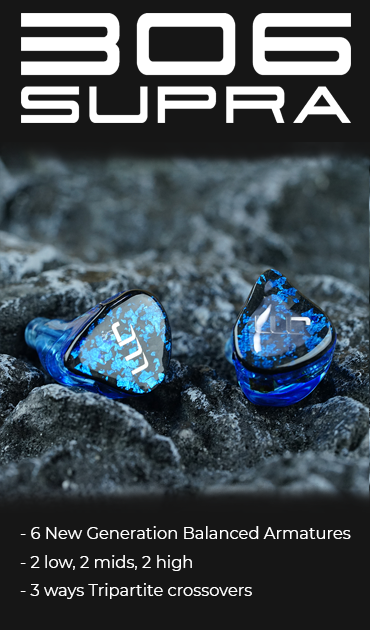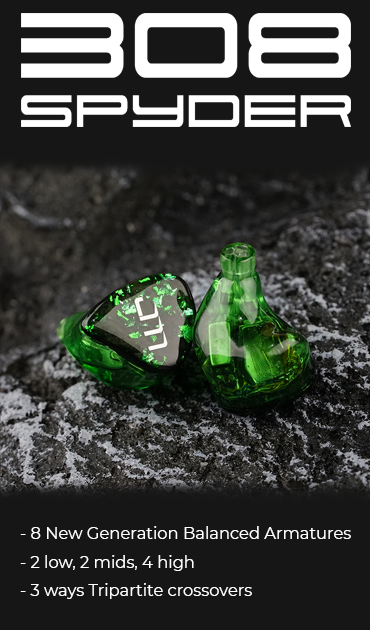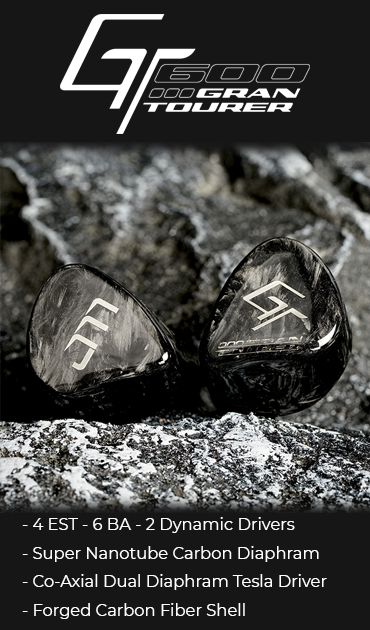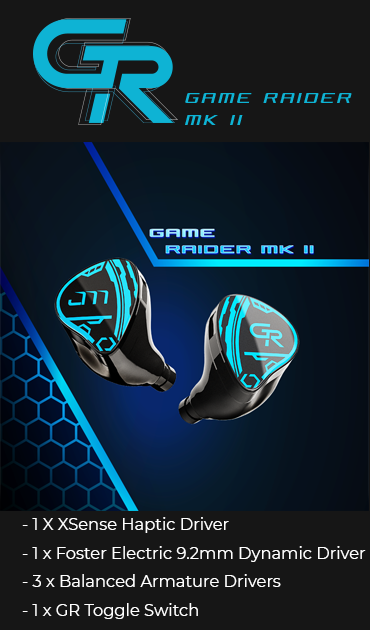Chapter 2: The Pre-In-Ear Monitor Era
The pre-in-ear monitor era epitomized an era of innovation, experimentation, and challenges in the realm of stage monitoring. It was a time when traditional methods of monitoring, reliant on floor wedges and large speaker systems, struggled to meet the demands of musicians seeking precision, isolation, and superior sound quality.
Limitations of Traditional Stage Monitoring
In the bygone era of live performances, traditional stage monitoring relied heavily on floor wedges and speaker systems positioned strategically on stage. However, these systems presented significant challenges that impeded the quality of live musical experiences.
Audio spillage was a prevalent issue—a cacophony of sound bleeding from floor wedges into microphones, causing feedback loops and compromising sound clarity. Musicians found themselves entangled in a web of sound, battling to discern their own performances amidst the mishmash of frequencies emanating from the stage.
Moreover, the lack of isolation hindered musicians from crafting individualized sound mixes. With shared stage monitors, performers struggled to hear their specific instrumentation or vocals clearly, impacting the precision and coherence of their performances.
Challenges Faced by Musicians
For artists striving for excellence, the challenges posed by traditional stage monitoring were impediments to their creative expression. The inadequacy of sound quality and the inherent limitations of the monitoring systems stifled the potential for artistic growth and innovation.
Audio spillage not only disrupted performances but also posed technical challenges for sound engineers, requiring constant adjustments to mitigate feedback issues. The lack of isolation meant that musicians couldn't fully immerse themselves in their compositions, leading to compromised musical expressions and an inability to engage intimately with their craft.
The inherent limitations of traditional monitoring systems were glaringly evident in larger venues where acoustics played a significant role. Musicians found themselves at the mercy of the venue's acoustic properties, often struggling to deliver consistent performances due to variations in sound quality from one location to another.
Pioneering Attempts to Improve Stage Monitoring
Amidst these challenges, the music industry witnessed pioneering attempts to enhance stage monitoring before the advent of in-ear monitors. Sound engineers and innovators explored various methods and technologies aimed at mitigating the limitations of traditional monitoring systems.
Ambient microphones and individual stage mixes were some of the pioneering attempts to improve stage monitoring. Ambient microphones aimed to capture the overall sound of the performance venue, allowing musicians to have a better understanding of their overall sound within the environment. Meanwhile, individual stage mixes offered tailored audio setups for each musician, providing a semblance of personalization amidst shared monitors.
However, these attempts, while innovative, fell short in providing the immersive, personalized, and high-fidelity experiences that artists sought. The quest for a transformative solution that could offer unparalleled precision, isolation, and comfort persisted—a quest that would eventually lead to the birth of in-ear monitors.
